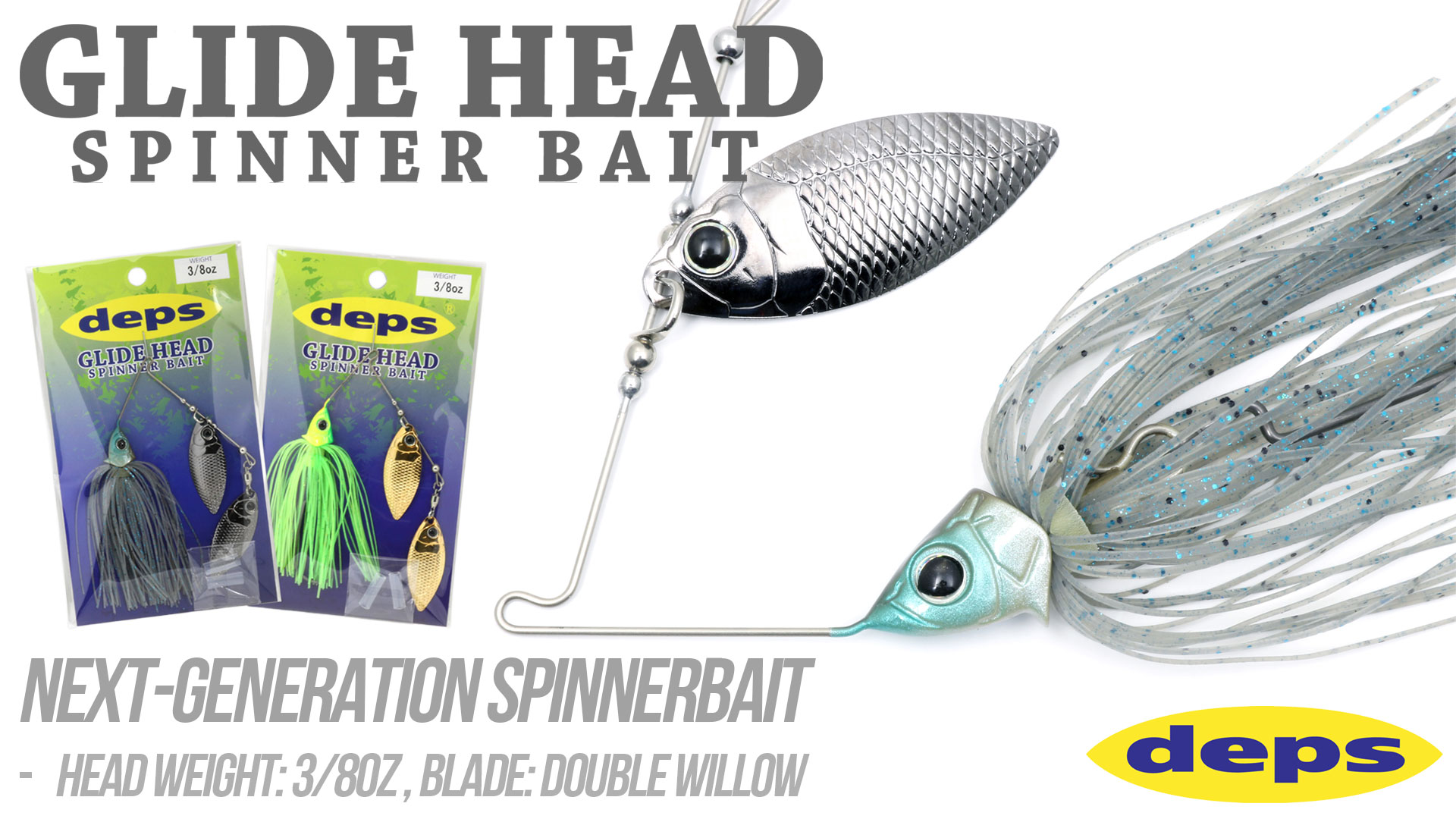The spoon is one of the oldest types of lures, and they have been catching just about every different species for generations. Bassmaster Elite Series pro Paul Mueller is an avid multi-species angler and uses spoons for just most of what he chases, including bass. The spoon has proven to be one of his top producers both in open water and through the ice. Over the years he has developed a way to fish a spoon that appeals to fish in extreme cold and heat as well as for finicky and pressured bass. He calls it shaking a spoon.
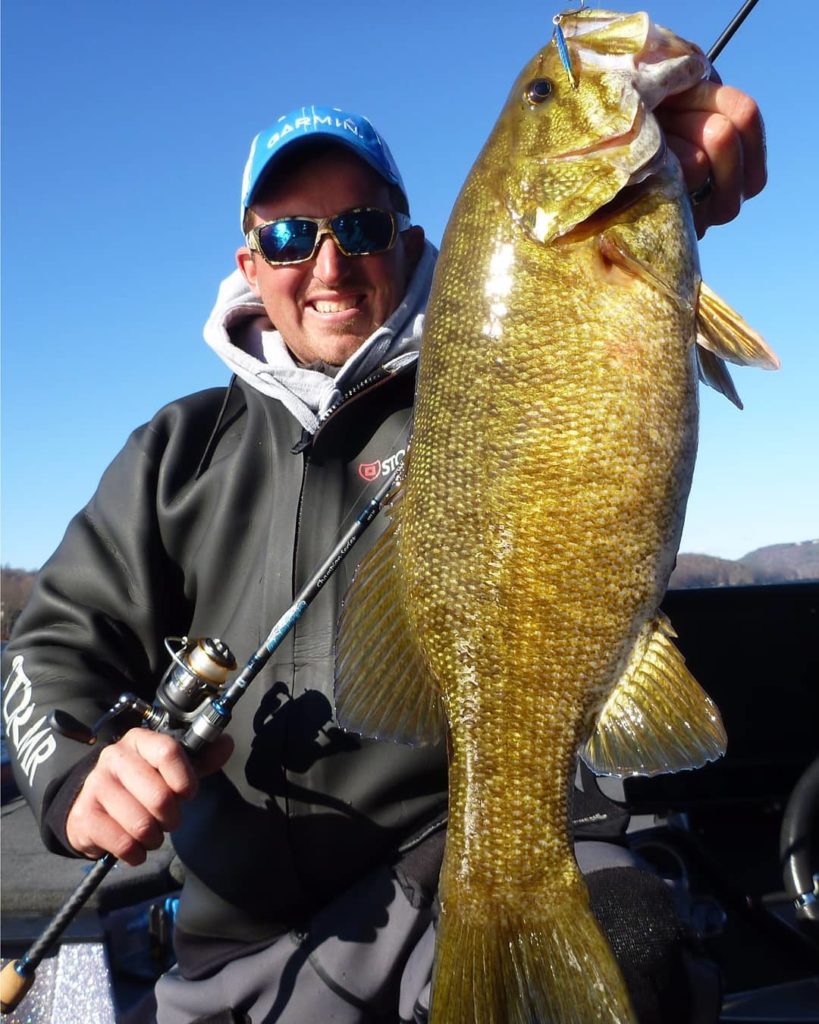
His spoon shaking technique includes two parts, and he adjusts it based on what he sees on his Garmin Panoptix Livescope electronics. He will either keep it right above fish to get their attention or hit the spoon into the bottom to get them curious and elicit a strike. He shared a little more about how he does each of these and also a little more about what he is looking for in a spoon.
The Right Spoon
“You should see my spoon boxes, I have tons of them from all brands that I have used over the years,” he begins. “I’ve basically stopped throwing them all for bass because the Reins Palpuntin is perfect for this technique. It is compact, narrow, and more responsive,” he says. “You can shake it and keep it in place almost like you can with a drop-shot rig. Other spoons will flutter and kick out too easily.”
The Palpuntin spoon comes in several sizes from 2 grams (.07ounce) to 11 grams (.38 ounce) and uses them all. “For ice fishing, I like the 2, 3.5 and 5g. For this technique where I am shaking it in open water, I’ll use the 3.5, 5, and 7g,” he says. He added that the heavier 9 and 11g work great as open-water spoons with the traditional spoon approach of popping the rod and letting it fall back down.
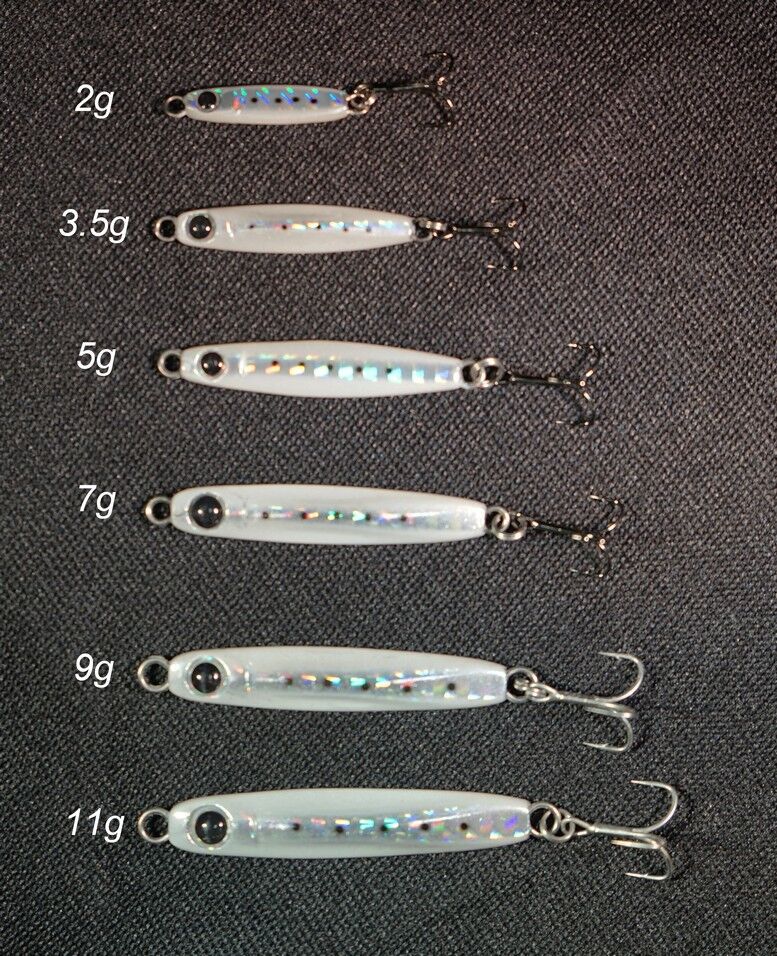
Spoon Modifications
Since this technique utilizes aggressive rod movements and shaking, modifying the hook is crucial. “If you don’t, you will tangle the treble with your line right away,” he says.
What he does is add a piece of shrink tubing over the treble hook. It requires you to remove the treble, attach a piece of tubing, and then reattach the hook. After they are reattached, he heats the tubing to secure it all in place. Mueller also upsizes the hook size while he is at it.
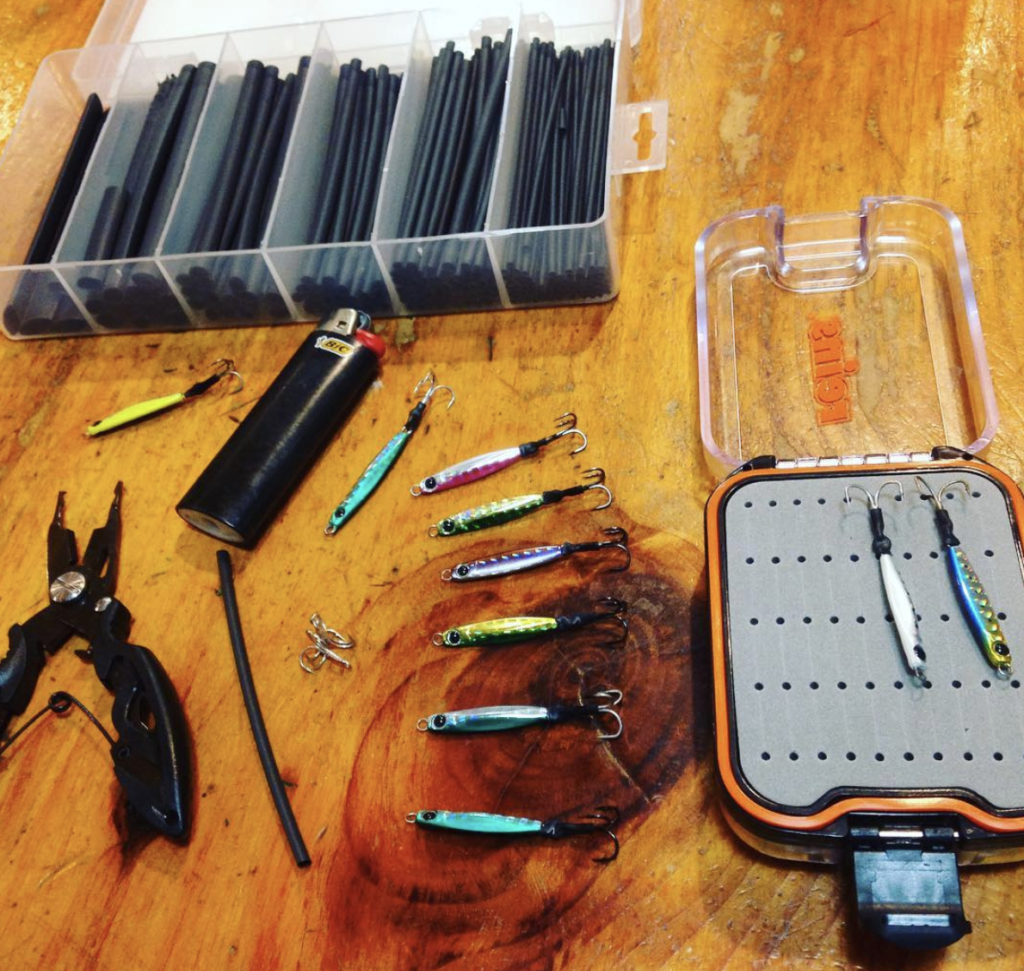
This trick works for other lures and Mueller will use it for the back treble only when vertically jigging an ima Rock-N-Vibe lipless crankbait.
Keep it Above Them
Mueller says the instances where he employs the techniques are when bass are right on the bottom. Extreme temperatures often cause bass to hug the bottom, and this is where the method shines. “The bass are positioned perfectly, and it is easy to fish this bait right above their head. I like to watch my electronics and keep it six inches or a foot above their head to get their attention,” says Mueller.
“The Palpuntin works so well because it stays in one place where most spoons will flutter too much, and it can be hard to control where it goes. You can keep this one constantly moving and right above the fish,” says Mueller. “One tip I can offer is that if you see the fish coming up to the spoon on your electronics, keep it coming and don’t drop it back down or they will lose interest. I learned that from ice fishing, and it also applies anytime you are fishing a spoon, or any bait, this way with a vertical approach.”
Hitting the Bottom
If the fish are not responding to a spoon fished right above them, Mueller will let the spoon drop quickly into the bottom. “This will cause a cloud of dirt on the bottom and a lot of times this will get their attention, especially smallmouth. I’ll let it go to the bottom and keep pounding it into the ground until I get their attention,” he says.
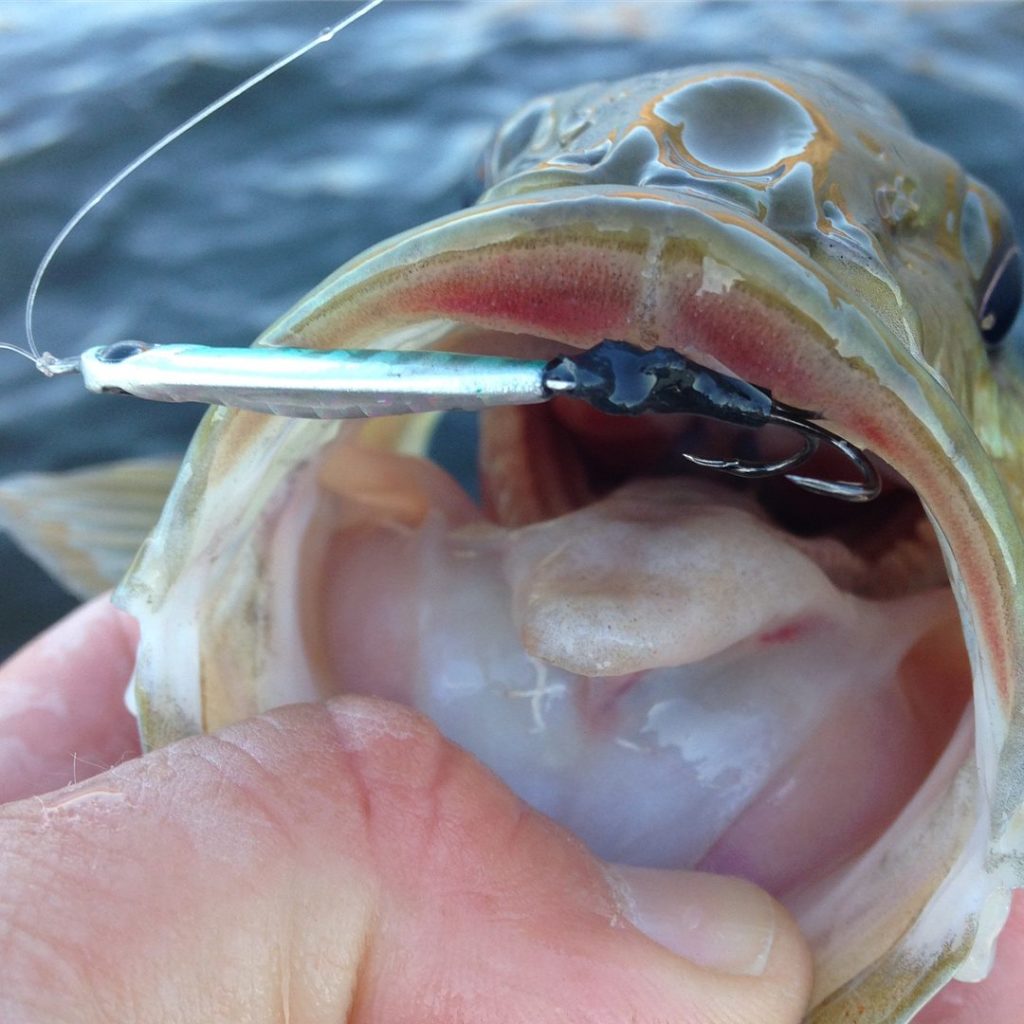
Spoon Shaking Gear
For the smaller Palpuntin spoons, Mueller is strictly using spinning gear and straight fluorocarbon line. “This is one of the only techniques where I prefer all fluorocarbon over a braid and a fluorocarbon leader,” he said and added that he likes 7-pound Gamma Touch for this technique.
He likes a 1000 size Lew\’s Custom Pro Speed Spin and a Dobyns Colt Series CL 702SF, a 7’ medium light rod. “That is their cheapest line of rods ($79.99), but it is perfect for this. It has the right balance, tip and still has some backbone,” he says.
When to Shake a Spoon?
Mueller first learned of this technique’s effectiveness after experiencing it in action while ice fishing. While cold-water periods are a great time to shake a spoon, he’s learned that it has more applications in other times of the year.
“One of the prime times to shake a spoon is from around 48-degree water to where the water is frozen, both in the fall and in the spring. It works great when people start to think of using a blade bait, and it is hard to beat when the water is in the low 40’s,” he says.
Some anglers may never experience those conditions if they live in warmer climates, but Mueller says it is not just for cold weather. “It works in all extremes both hot and cold. I have had some great days with it in the middle of the summer when the fish are finicky, lethargic or pressured.”
Shaking a spoon is a way to trigger strikes from non-aggressive fish. By using his electronics, Mueller can catch fish in some of the most challenging fishing situations of the year.



